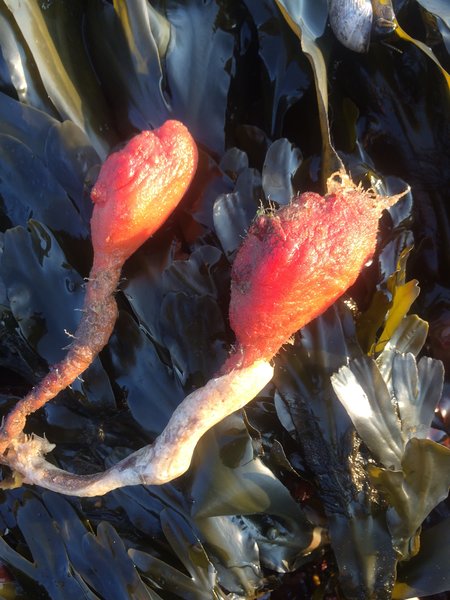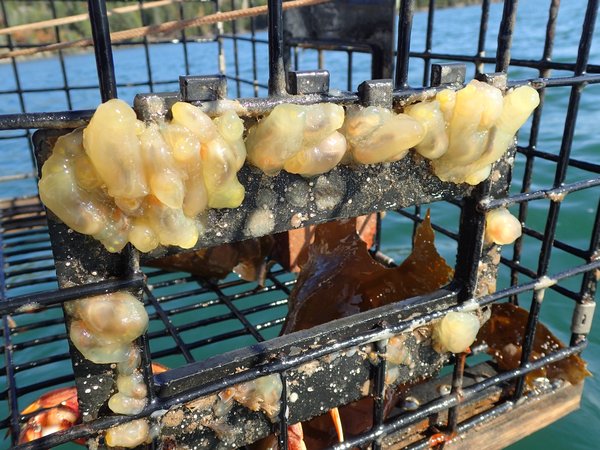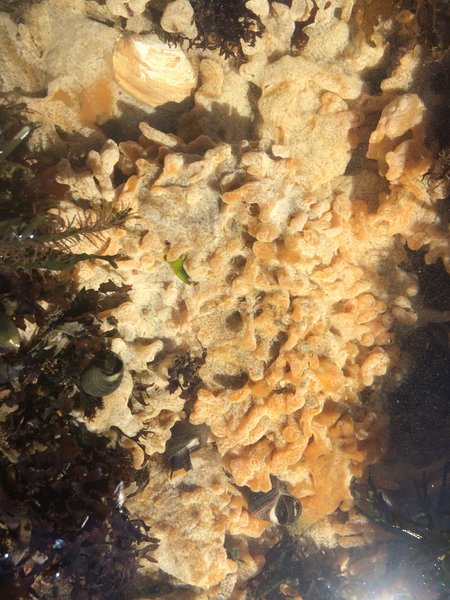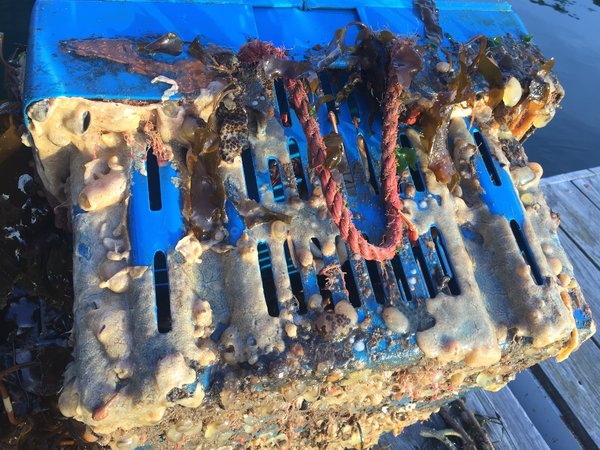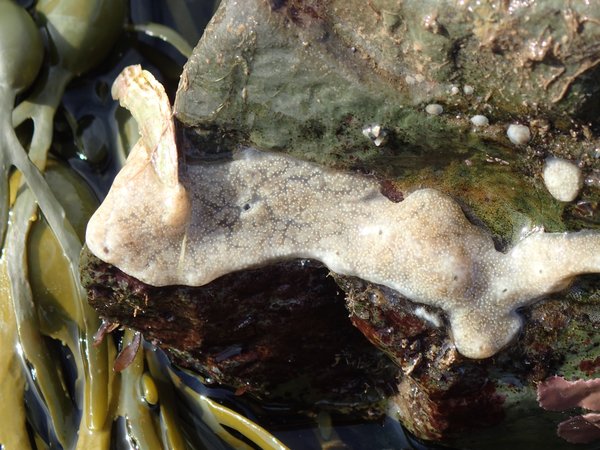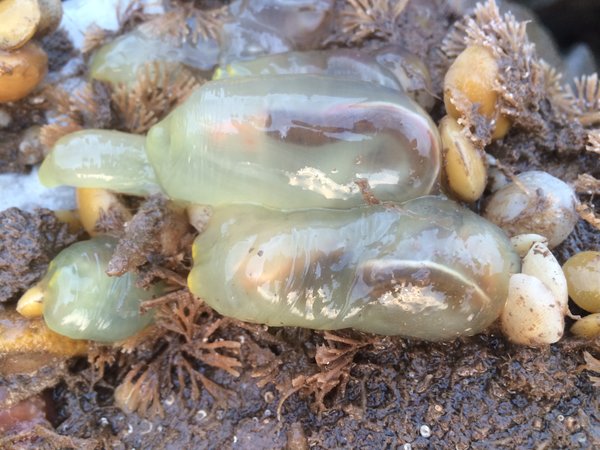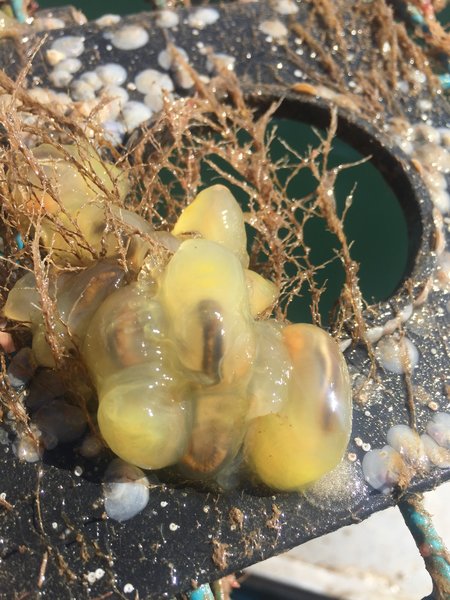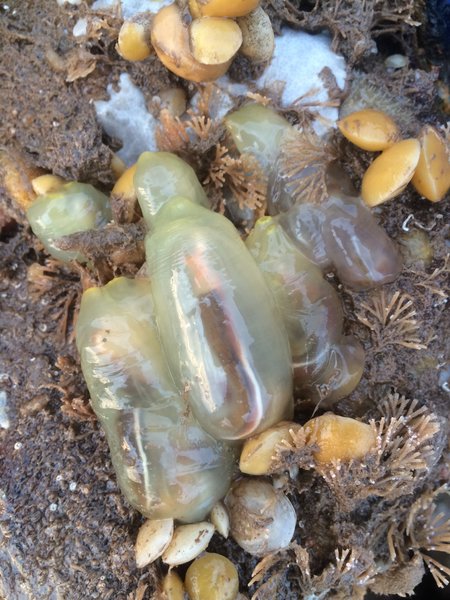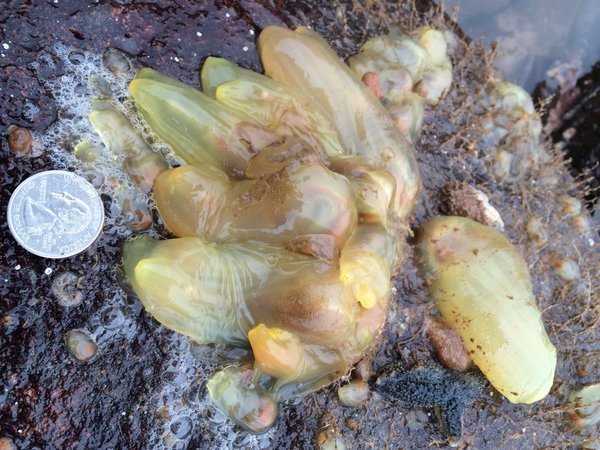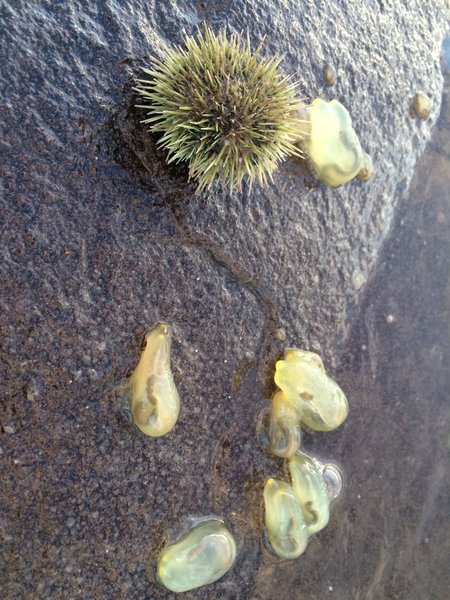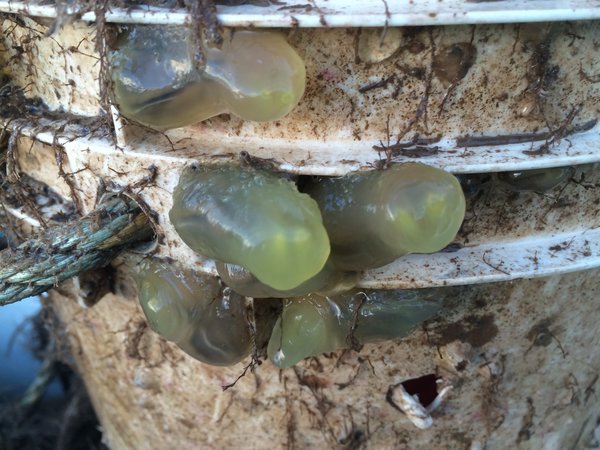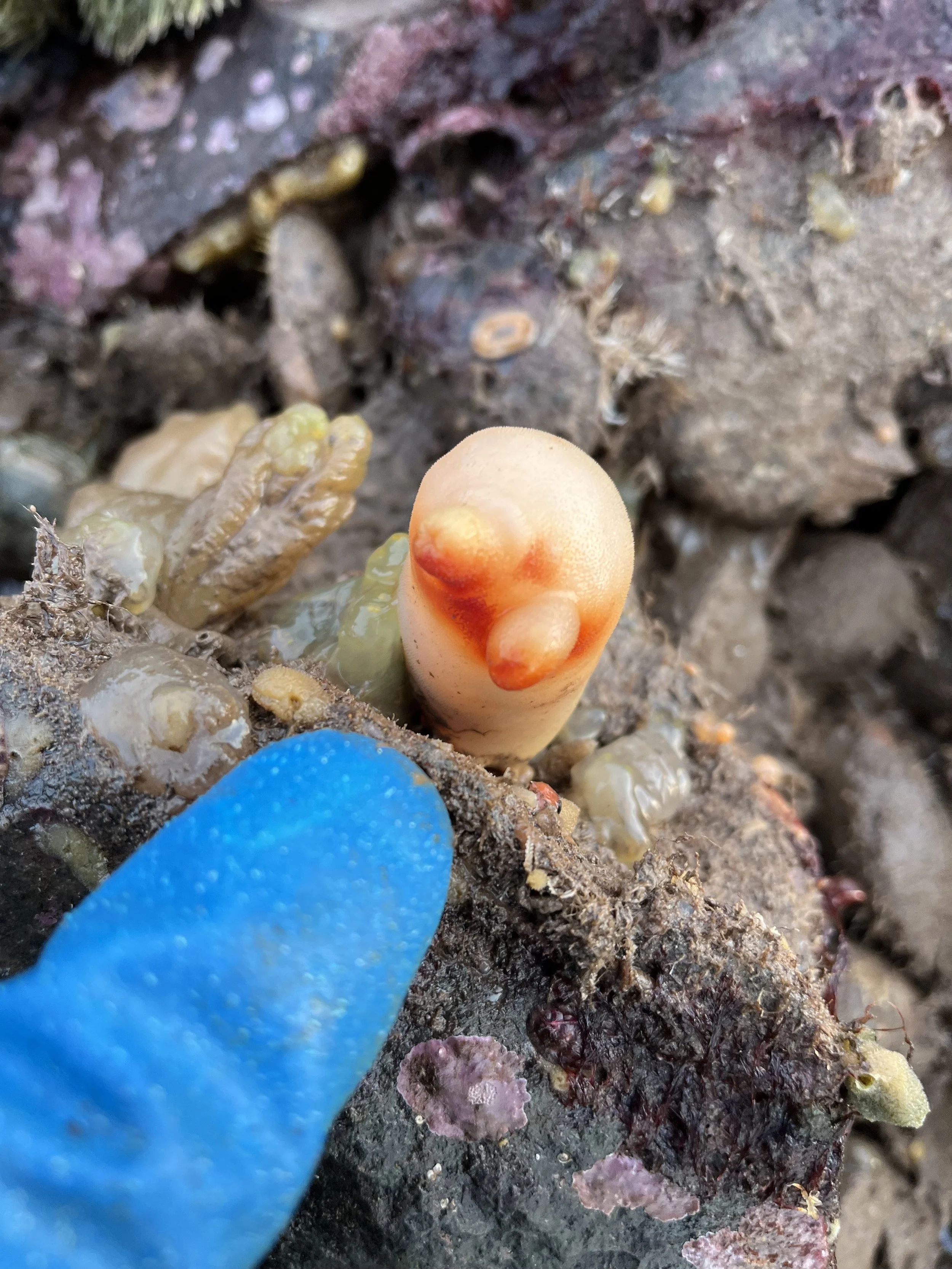 Image 1 of 2
Image 1 of 2

 Image 2 of 2
Image 2 of 2



Sea Peach (Halocynthia aurantium)
Live Sea Peach (Halocynthia aurantium)
Please Note This Is A Live Science Specimen
The Sea Peach (Halocynthia aurantium) is a solitary tunicate known for its smooth, peach-colored body and soft, rounded shape that gives it a fruit-like appearance. Commonly found attached to rocks, pilings, buoys, kelp, and tide-pool surfaces along the Gulf of Maine, this fascinating invertebrate filters seawater through its siphons, extracting plankton and organic matter for nourishment.
Sea Peaches are excellent specimens for classroom study, aquarium displays, and marine invertebrate anatomy lessons. Their unique morphology provides an excellent introduction to chordate evolution, as tunicates are among the closest invertebrate relatives of vertebrates.
Common name: Sea Peach
Scientific name: Halocynthia aurantium
Locations: Found on pilings, floats, rocks, buoys, kelp, and in tide-pools
Seasonality: Available year-round
Colors: Peachy
Size: 1” – 4”
Collected: By hand, using a knife to detach from rocks
Quantity: Sold by the each
Uses: Ideal for marine biology courses, invertebrate zoology, aquarium exhibits, or chordate studies.
Note: This is a live marine specimen. Natural variations in size, color, and appearance from photos should be expected. If you would like any specimen preserved, please send a request to: info@gulfofme.com.
Live Sea Peach (Halocynthia aurantium)
Please Note This Is A Live Science Specimen
The Sea Peach (Halocynthia aurantium) is a solitary tunicate known for its smooth, peach-colored body and soft, rounded shape that gives it a fruit-like appearance. Commonly found attached to rocks, pilings, buoys, kelp, and tide-pool surfaces along the Gulf of Maine, this fascinating invertebrate filters seawater through its siphons, extracting plankton and organic matter for nourishment.
Sea Peaches are excellent specimens for classroom study, aquarium displays, and marine invertebrate anatomy lessons. Their unique morphology provides an excellent introduction to chordate evolution, as tunicates are among the closest invertebrate relatives of vertebrates.
Common name: Sea Peach
Scientific name: Halocynthia aurantium
Locations: Found on pilings, floats, rocks, buoys, kelp, and in tide-pools
Seasonality: Available year-round
Colors: Peachy
Size: 1” – 4”
Collected: By hand, using a knife to detach from rocks
Quantity: Sold by the each
Uses: Ideal for marine biology courses, invertebrate zoology, aquarium exhibits, or chordate studies.
Note: This is a live marine specimen. Natural variations in size, color, and appearance from photos should be expected. If you would like any specimen preserved, please send a request to: info@gulfofme.com.
Tidepool Tim says, "Sea peaches have an iridescent quality that makes their coloring so unique and beautiful. When you reach down and pick one, it will squirt a find stream of seawater out in an arc! It's hard to believe you're holding an animal."


